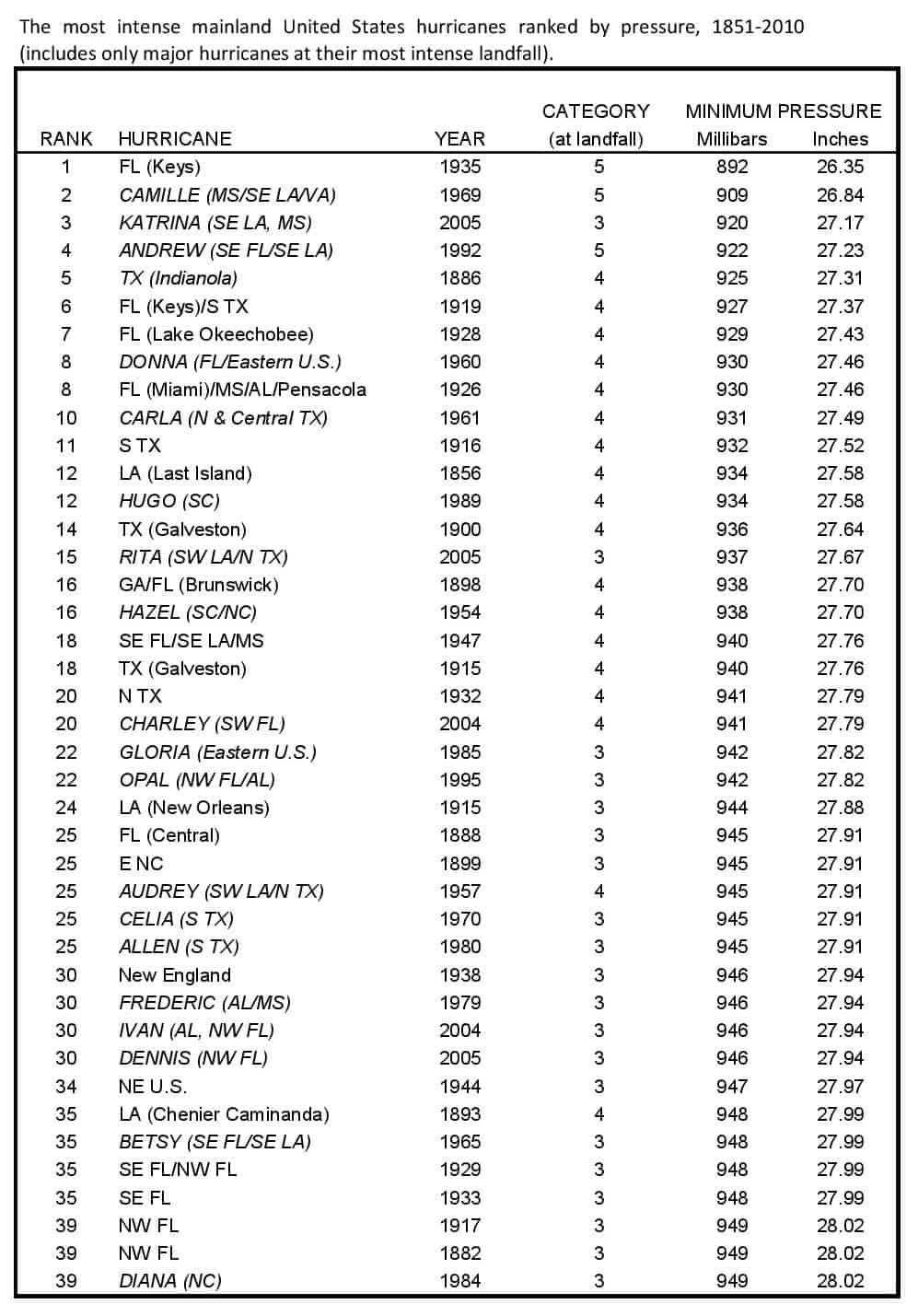Media Hype ‘Extreme’ Weather Events

 In the words of Al Gore, “Every night on the news is like a nature hike through the book of Revelations.” Every week, the mainstream news media have some new weather phenomenon to entertain their viewers. And each event is reported as the “biggest,” “strongest,” or “longest” in history. Unfortunately for the media, they are running out of storms that can shock the public into viewing their shows, so they are resorting to using NFL-style statistics to embellish any weather event into an extreme one. Most weather events fall well within the parameters of a normal event, which should remind Gore of a more important Bible quote from Ecclesiastes, “there is nothing new under the sun.”
In the words of Al Gore, “Every night on the news is like a nature hike through the book of Revelations.” Every week, the mainstream news media have some new weather phenomenon to entertain their viewers. And each event is reported as the “biggest,” “strongest,” or “longest” in history. Unfortunately for the media, they are running out of storms that can shock the public into viewing their shows, so they are resorting to using NFL-style statistics to embellish any weather event into an extreme one. Most weather events fall well within the parameters of a normal event, which should remind Gore of a more important Bible quote from Ecclesiastes, “there is nothing new under the sun.”
The NFL and other sports have developed clever ways of portraying statistics that make normal athletes seem like the newest Jim Brown. Announcers and sportswriters carefully tool statements about sports statistics to come up with seemingly new occurrences like, “Kirk Cousins became the first Redskins player to throw a touchdown in all 16 games and also led the league in completion percentage, while breaking the NFL record for best completion percentage in home games (74.7%).” Without these colorful statistics, star quarterbacks and pitchers would seem just like their predecessors and football and baseball might seem less exciting. NPR published an article in 2008 that talks about the “stupidest statistics in the modern era” and includes a long of embellished quotes about baseball, football, and other sports.
The “stupidest statistics of the modern era” have been overtaken by so called “extreme weather events.” Hurricanes and snowstorms are by far the best sources for over-hyped and stupid statistics. Like sporting events, weather events are always occurring and news outlets take advantage to fill their 24-hour cycle.
CNN wrote about Hurricane Sandy (more accurately called Superstorm Sandy because it wasn’t a hurricane when it hit New York and New Jersey):
Hurricane hunter aircraft measure Sandy’s central pressure at 940 millibars—27.76 inches—the lowest barometric reading ever recorded for an Atlantic storm to make landfall north of Cape Hatteras, North Carolina. The previous record holder was the 1938 “Long Island Express” Hurricane, which dropped as low as 946 millibars.
What’s new about this storm? It doesn’t say that this is the biggest storm ever but rather the biggest storm that fits very carefully crafted parameters.
The New York Times wrote this about Hurricane Charley in 2004:
Hurricane Charley, the most intense storm to hit Florida since Hurricane Andrew devastated South Florida in 1992 and the worst on the west coast of Florida in at least a century…
Again, the mainstream media cleverly defines Charley so that the storm seems like a new and extreme event, but hurricanes are a significant and common part of Florida’s climate.
Another story in the Weather Channel talks about Winter Storm Jonas in early 2016:
Jonas was the single biggest snowstorm on record for at least six locations in the East.
Think of how challenging it is to find such specific statistics.
This year is the first in 12 years to have significant landfalling hurricanes in the U.S., and like previous hurricanes, these have their “biggest,” “strongest,” and “longest” statistics. Hurricane Harvey was devastating and has caused tens of billions of dollars of damages displacing thousands of people from their homes. Already, meteorologists have jumbled together statistics to make Harvey seem abnormal. The Weather Channel has quoted two saying:
Pending final confirmation, this rainfall total would be the heaviest from any tropical cyclone in the continental U.S. in records dating to 1950, topping the 48-inch storm total in Medina, Texas, from Tropical Storm Amelia in 1978, according to research by NOAA/WPC meteorologist David Roth.
[…]
Still a named storm 117 hours after landfall, Harvey was the longest Texas landfalling hurricane [that] remained a named storm after landfall on record, according to Colorado State University tropical scientist Dr. Phil Klotzbach.
Hurricane Irma is no different. The storm made landfall in the Florida Keys as a category 4 storm with a lowest central pressure of 929 mb and quickly diminished to a category 3 with a central pressure of 940 mb before making landfall again on the Florida peninsula. The storm gained significant hype in the news but was not as big or as strong as predicted. There is even a two-page list of cleverly crafted “Meteorological Records/Notable Facts” as an attempt to make Irma seem more dramatic than it actually was.
The reality is that none of these storms is particularly abnormal. Hurricanes and snowstorms are a normal part of life on Earth; similarly home runs and touchdowns are a normal occurrence in baseball and football. Nonetheless, the media survive on advertising revenue and will continue to exploit normal weather events to improve their ratings.

The most intense United States major hurricanes, ranked by pressure at landfall, 1851-2010. The black numbers are the ranks of a given storm on the map above (e.g. 1 has the lowest pressure all-time). The colors are the intensity of the tropical cyclone at its maximum impact on the United States.

Data for the graphics above is from the National Hurricane Center.